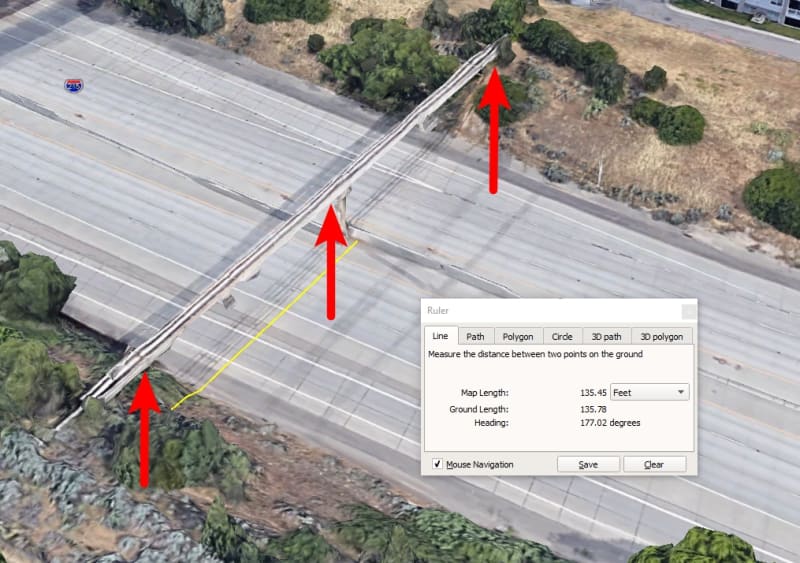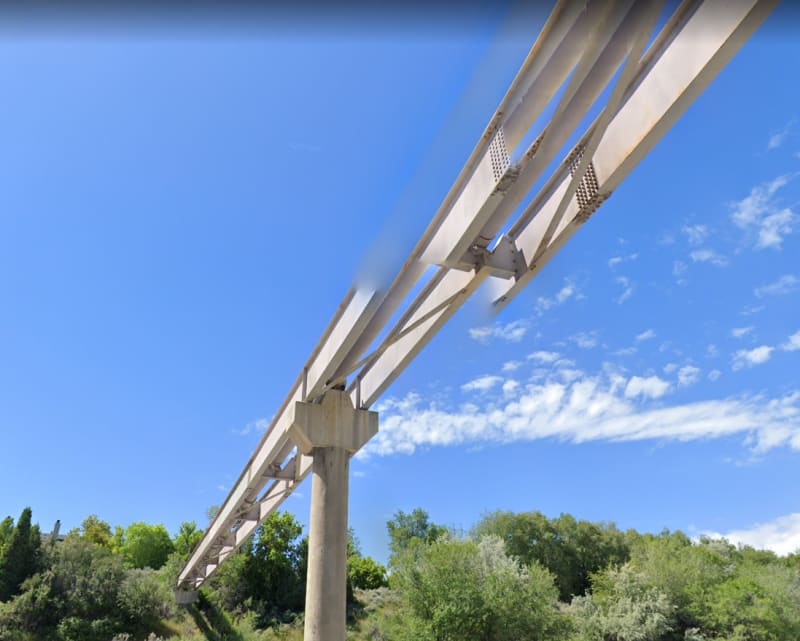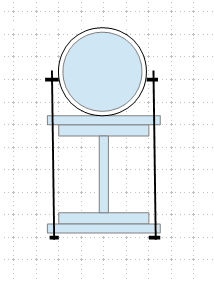Trillers
Civil/Environmental
- Feb 14, 2011
- 66
Greetings:
I am designing a steel beam to support a 16" waterline crossing over a creek. The waterline will be supported by the I-Beam by hangers at 8' OC which I analyzed both ways - point loads and uniform load. The clear span is 72 ft. Because of limited space the contractor can only bring in a maximum 40' length beam so bolted splices will be required. I do not want to use a welded splice as I am not confident that the contractor's welder, although certified can provide the welds we need.
The bolted splices will carry 75% of the beam capacity as per my design. These splices are located at the 1/3 points from each end so the sections between supports are 16'-40'-16'. This was to avoid a splice at the mid-point of the spliced beam. In designing this beam I assumed that the splices can be considered as supports so that the max span under consideration is the middle 40' with the 16' sections at each end.
I referred to AISC Appendix J and the FHWA splice manual. My in-house peer reviewer says he does not believe my assumption is correct, but he does admit he has never designed or been involved in anything like this. I've designed for bridges and structures but never a waterline support, although I believe the principles are the same. Now he has me wondering if my assumption is correct.
Was hoping you structural gurus could chime in? Would hate to have a watermain rupture because of wrong assumptions!!
Thanks!!
I am designing a steel beam to support a 16" waterline crossing over a creek. The waterline will be supported by the I-Beam by hangers at 8' OC which I analyzed both ways - point loads and uniform load. The clear span is 72 ft. Because of limited space the contractor can only bring in a maximum 40' length beam so bolted splices will be required. I do not want to use a welded splice as I am not confident that the contractor's welder, although certified can provide the welds we need.
The bolted splices will carry 75% of the beam capacity as per my design. These splices are located at the 1/3 points from each end so the sections between supports are 16'-40'-16'. This was to avoid a splice at the mid-point of the spliced beam. In designing this beam I assumed that the splices can be considered as supports so that the max span under consideration is the middle 40' with the 16' sections at each end.
I referred to AISC Appendix J and the FHWA splice manual. My in-house peer reviewer says he does not believe my assumption is correct, but he does admit he has never designed or been involved in anything like this. I've designed for bridges and structures but never a waterline support, although I believe the principles are the same. Now he has me wondering if my assumption is correct.
Was hoping you structural gurus could chime in? Would hate to have a watermain rupture because of wrong assumptions!!
Thanks!!




